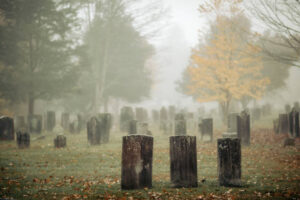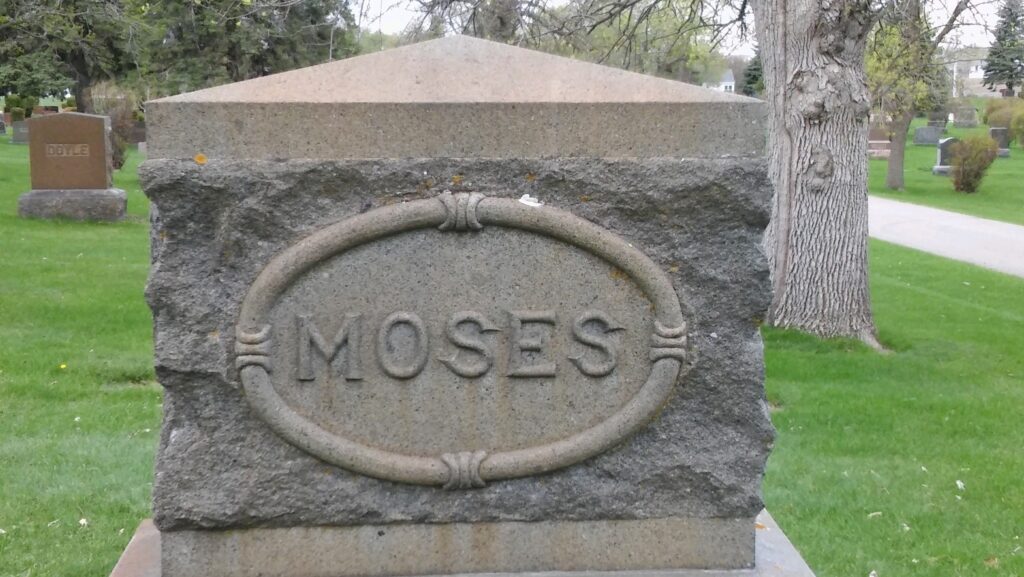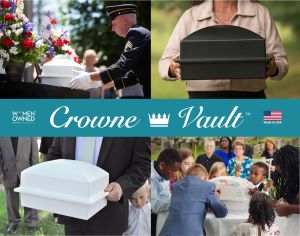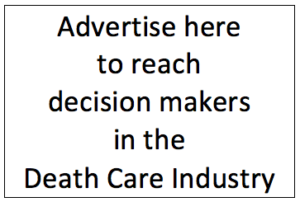“Reclaiming” cemetery lots can both add revenue and aid families

I read a this recent article about the Arlington Cemetery located in the City of Arlington within the Dallas-Fort Worth Metroplex. The article had to do with re-opening the cemetery for sales of lots after three decades of not selling any new lots. It reminded me of a situation that we had when I served on the board of our community cemetery in my hometown.
As it turns out in the Arlington Cemetery situation lots have not been able to be sold because the cemetery was, in 1995, declared an abandoned cemetery and taken over by the City of Arlington. State law did not allow for sales of lots in abandoned cemeteries. As it turns out the law was changed in 2023 and the cemetery can again start selling new lots.
However, in the Arlington case, the city needs to know which lots are available for sale and who might have claim to other lots. To complicate this case, many records of the cemetery have been lost between 1995 and now.
The city has given anybody who lays claim to a lot until August 31 to provide proof or it could be sold to somebody else. According to Sarah Stubblefield, the Strategic Initiatves Manager of the city, “If the family doesn’t have any documentation, we will make our best effort to identify reasonable eveidnce for claims to plots”.
Reclaiming lots — The situation above is somewhat different that the situation we had while I served on the board of the Kinkead Cemetery in Alexandria, Minnesota. Kinkead Cemetery was founded as a cemetery in Alexandria in 1879. It is a classic large cemetery with tall trees matured over the last century and a half and large family and individual monuments on the grounds.

Tom Anderson
Funeral Director Daily
About 75 years ago an adjacent parcel of land was developed that is about the same size as Kinkead Cemetery. While under the Kinkead Cemetery non-profit ownership it was given the name Sunset Memorial Park and had it’s own rules and regulations. One of these rules was that only “flat” markers were allowed — no large monuments. Ease of maintenance was the thought process back then.
Move up to the year 2000 and upright monuments were back in vogue. So, most families wanted to be in the old Kinkead Cemetery and not the newer, flat-marker only Sunset Memorial Park. The problem with Kinkead Cemetery was that over the course of 120 years grave space was limited.
In doing a census of the cemetery we found out that what were purchased as lots with 16 grave spaces only had two, three, or four family members actually interred in the plots. As was common in the late 1800’s and early 1900’s families purchased lots for future graves so a family could be in proximity to one another and they expected children to live in the home community for their entire lives. As it turns out, many of the children whom these lots were planned for left the community for metropolitan areas and never came back.
Our cemetery census indicated a great number of lots were owned by families for 70-100 years but never used. The cemetery then went through the legal proceedings to “reclaim” those lots to be sold again. I remember having to publish our intent, complete with the lot numbers and purchasing owners names, to do so in various newspapers around the county for a various period of time and while we received a few valid claims who wanted to keep the lots, it was not many.
We also did the area a service as some people, when they saw their genealogical relatives names in the paper, now realized that they had the right or claim to lot ownership that they didn’t know of beforehand.
At the end of the day, Kinkead Cemetery reclaimed hundreds of lots that have been, for the last quarter-century or so, available for sale to those in our community who prefer to be buried in that specific cemetery.
I think it just makes sense for older, established cemeteries to take a look at this process to make available inventory that not only would be available to the general public but also available to provide additional income to the cemetery. If your state has a process for this I think it makes business and community sense.

One of my favorite monuments at Kinkead Cemetery, Alexandria, Minnesota. I had a little fun through the years telling young people that this cemetery was so old that “This guy is buried here!”
More news from the world of Death Care:
- Bryant Funeral Home enters final stage for Worland crematory. Northern Wyoming News (WY)
- Open Briefing — Propel Funeral Partners. Australia and New Zealand
- Texas Funeral Service Commission appoints interim leader for agency in turmoil. Houston Chronicle (TX)
- Former executive director sues Texas Funeral Service Commission, commissioners. KXAN NBC – Austin (TX)
Enter your e-mail below to join the 3,189 others who receive Funeral Director Daily articles daily:
“A servant’s attitude guided by Christ leads to a significant life”





















